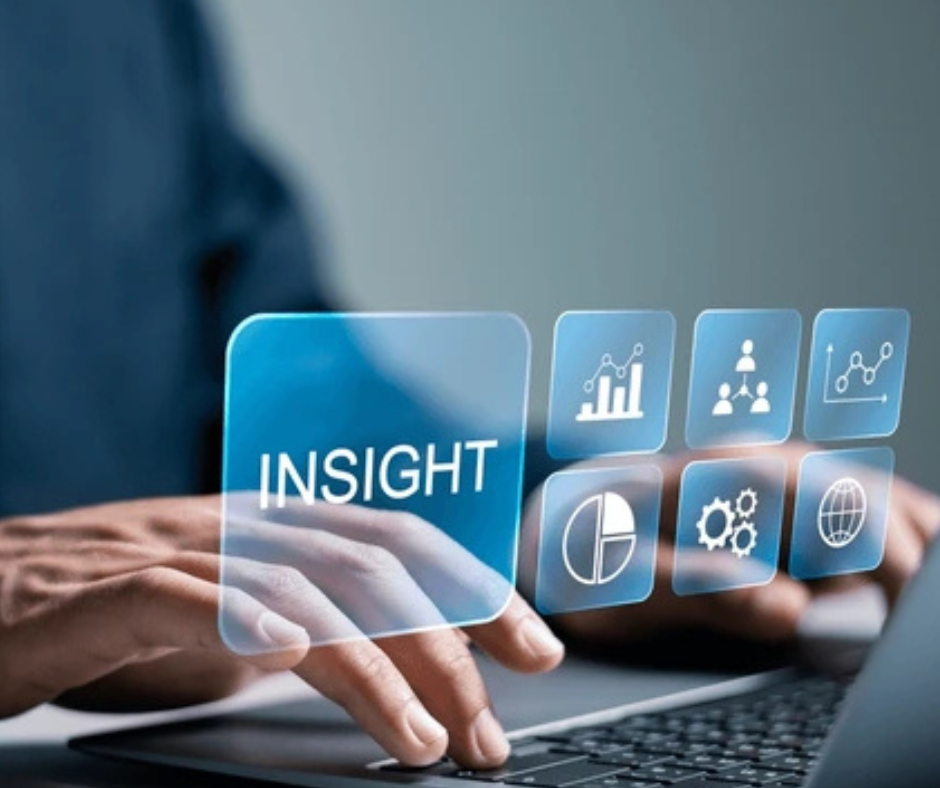In today’s digital age, businesses are awash in data—from customer purchase histories to social media interactions, and everything in between. But raw data on its own holds little value. The real power lies in transforming that data into actionable insights that can drive better decision-making and enhance customer experiences. This is where data analytics and consumer insights come into play.
In this blog, we will explore the fundamentals of data analytics and how it is used to generate consumer insights that can propel your business forward.
What is Data Analytics?
Data analytics is the process of examining large datasets to uncover hidden patterns, correlations, and trends. It involves the use of statistical and computational techniques to analyse data and extract meaningful information. This information can then be used to make informed decisions, predict future trends, and optimise various aspects of a business.
There are several key types of data analytics:
- Descriptive Analytics: This involves summarising past data to understand what has happened. For example, a retailer might use descriptive analytics to assess last quarter’s sales performance.
- Diagnostic Analytics: This goes a step further by examining why something happened. If a sudden drop in sales is detected, diagnostic analytics can help identify the underlying causes.
- Predictive Analytics: As the name suggests, this type uses historical data to predict future outcomes. For instance, a business might forecast next month’s sales based on past trends.
- Prescriptive Analytics: This is the most advanced form of analytics, where the system not only predicts outcomes but also suggests actions to achieve desired results.
The Importance of Consumer Insights
Consumer insights are the interpretations and understandings derived from data that explain consumer behaviours, preferences, and needs. These insights are invaluable for businesses because they provide a deeper understanding of their target audience, enabling them to tailor their products, services, and marketing efforts accordingly.
Here’s why consumer insights matter:
- Personalisation: By understanding individual consumer preferences, businesses can personalise their offerings, leading to higher customer satisfaction and loyalty.
- Product Development: Insights into consumer needs and pain points can inform the development of new products or the improvement of existing ones, ensuring they align with market demand.
- Targeted Marketing: Consumer insights allow for more targeted and effective marketing campaigns, which can result in better engagement and higher conversion rates.
- Competitive Advantage: Businesses that leverage consumer insights effectively can stay ahead of the competition by anticipating market trends and responding proactively.
How Data Analytics Fuels Consumer Insights
The process of generating consumer insights begins with data collection. This data can come from a variety of sources:
- Transactional Data: Information about purchases, returns, and customer interactions with the business.
- Behavioural Data: Data on how customers interact with a brand online, such as website visits, click-through rates, and social media engagement.
- Survey Data: Feedback collected directly from customers through surveys, reviews, and questionnaires.
- Demographic Data: Information about customer demographics, including age, gender, income level, and geographic location.
Once data is collected, data analytics tools and techniques are used to analyse this information. Here’s how the process works:
- Data Cleaning: Raw data is often messy and unstructured. The first step in data analytics is to clean and organize the data, ensuring it is accurate and ready for analysis.
- Data Mining: This involves exploring the data to identify patterns, correlations, and trends. For example, data mining might reveal that a certain demographic is more likely to purchase a specific product.
- Segmentation: Consumers are not a monolith; they have diverse preferences and behaviours. Data analytics helps in segmenting consumers into groups based on shared characteristics, enabling more targeted strategies.
- Predictive Modelling: Using historical data, predictive models can forecast future consumer behaviours, such as which products are likely to sell during a particular season or which customers are at risk of churning.
- Visualisation: Data visualisation tools present insights in a visually appealing manner, making it easier for stakeholders to understand and act on the findings. Charts, graphs, and dashboards are commonly used to display consumer insights.
Real-World Applications of Consumer Insights
Understanding consumer insights through data analytics is not just a theoretical exercise; it has practical applications across various industries:
- Retail: Retailers use consumer insights to optimise product placement, personalise shopping experiences, and design targeted promotions that drive sales.
- Finance: Banks and financial institutions leverage data analytics to understand customer preferences, detect fraudulent activities, and tailor financial products to individual needs.
- Healthcare: Healthcare providers analyse patient data to improve care delivery, predict health trends, and develop personalized treatment plans.
- Marketing: Marketers use consumer insights to design more effective campaigns, understand brand perception, and measure the success of marketing efforts in real time.
Challenges and Ethical Considerations
While data analytics offers tremendous potential, it also comes with challenges and ethical considerations. Data privacy is a major concern, as businesses must ensure that they handle consumer data responsibly and comply with regulations such as GDPR and CCPA. Additionally, biases in data can lead to inaccurate insights, making it crucial to approach data analytics with a critical eye.
Conclusion
In a world where data is abundant, the ability to transform that data into actionable consumer insights is a powerful tool for businesses. Data analytics enables organisations to understand their customers better, anticipate their needs, and deliver personalised experiences that drive growth. By mastering the basics of data analytics, businesses can unlock the full potential of their data and gain a competitive edge in the market.
As you delve deeper into the world of data analytics, remember that the true value lies not just in the data itself, but in the insights it can reveal. With the right tools and techniques, you can turn data into a strategic asset that fuels innovation and success.

